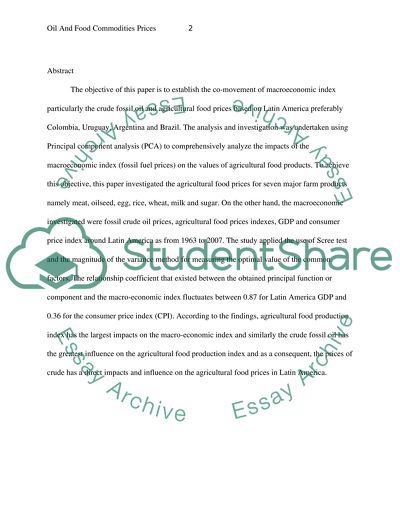Cite this document
(“Oil And Food Commodities Prices. Oil prices effect on agricultural Term Paper”, n.d.)
Retrieved from https://studentshare.org/macro-microeconomics/1397878-oil-and-food-commodities-prices-oil-prices-effect-on-agricultural-commodity-prices-in-latin-american-nations
Retrieved from https://studentshare.org/macro-microeconomics/1397878-oil-and-food-commodities-prices-oil-prices-effect-on-agricultural-commodity-prices-in-latin-american-nations
(Oil And Food Commodities Prices. Oil Prices Effect on Agricultural Term Paper)
https://studentshare.org/macro-microeconomics/1397878-oil-and-food-commodities-prices-oil-prices-effect-on-agricultural-commodity-prices-in-latin-american-nations.
https://studentshare.org/macro-microeconomics/1397878-oil-and-food-commodities-prices-oil-prices-effect-on-agricultural-commodity-prices-in-latin-american-nations.
“Oil And Food Commodities Prices. Oil Prices Effect on Agricultural Term Paper”, n.d. https://studentshare.org/macro-microeconomics/1397878-oil-and-food-commodities-prices-oil-prices-effect-on-agricultural-commodity-prices-in-latin-american-nations.


